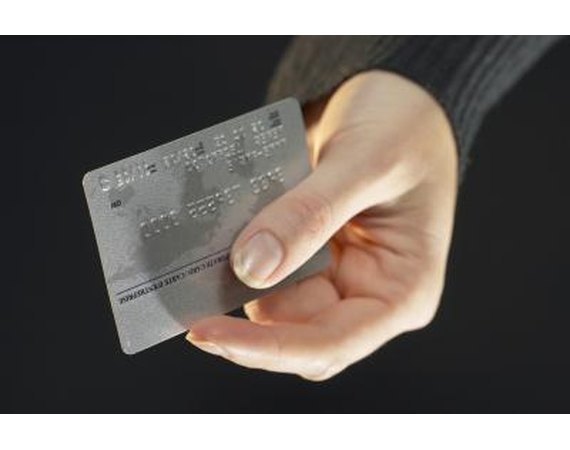
FICO is the major credit score provider in the United States. It bases its scores on five major areas of financial activity, each of which makes up a certain percentage of the total score. The information for each area is gathered from a consumer's credit reports. It continually changes as the consumer makes or skips payments, opens or closes accounts, pays down balances or makes more charges, and does similar financial and credit-related activities.
Payment History
Thirty-five percent of a consumer's FICO credit score is based on his payment history for his credit cards, installment loans, mortgage, finance company accounts, and retail accounts. This component carries the most influence on his credit score, and Mary Royston of Callahan & Associates, a credit union research firm, says payments made within the past 12 months have the most weight. This component also considers how long delinquent accounts have been unpaid; items that have been turned over to collection agencies; and court judgments like bankruptcies, charge-offs and repossessions.
Balances Owed (Capacity)
Thirty percent of a consumer's FICO score is influenced by how much money she owes on all her credit cards and other accounts in comparison to total credit available; balance owed compared to available revolving credit limit on an individual account basis; number of accounts with balances; and the amount still owed on installment loans as compared to the original loan amounts.
Credit History Length
The amount of time a person has had a credit history accounts for 15 percent of his credit score, according to FICO. This component includes the length of time since each account was opened as well as the date of last activity.
New Credit
A credit score is also influenced by the number of newly opened accounts and what proportion of total accounts they make up. This component makes up 10 percent of the total score, FICO explains. It includes the time since the new accounts were opened; the number of credit inquiries made by lenders and how recently they were made; and the establishment of a good credit history with new or reopened accounts following past credit problems.
Types of Accounts
Ten percent of a consumer's credit score considers what types of credit she is currently using. This component includes credit cards, mortgages, retail accounts, installment loans, student loans, and consumer finance accounts like car notes, boat loans and similar account types.







0 comments:
Post a Comment